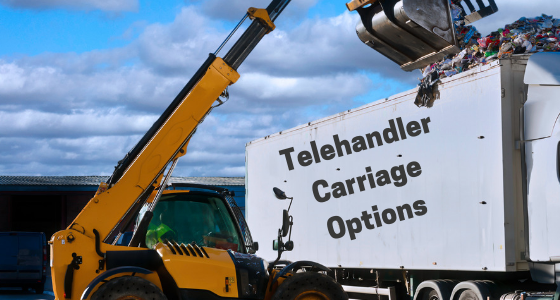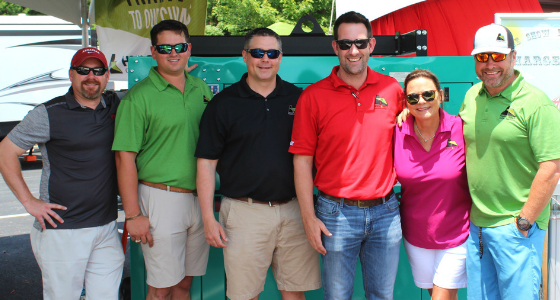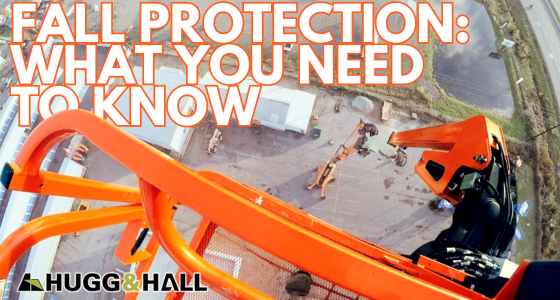
Hugg & Hall’s 2nd Annual Golf Tournament to Benefit Hope Campus
Please participate in our golf tournament to benefit Hope Campus! The tournament will be held...

Please participate in our golf tournament to benefit Hope Campus! The tournament will be held...

There are many telehandler carriage options available to users, each with specific benefits and individual...

Hugg & Hall Equipment Company (Hugg & Hall) recently participated in the 60th Annual Poultry...

Did you know? In 2022, falls were the leading cause of on-the-job deaths for construction...